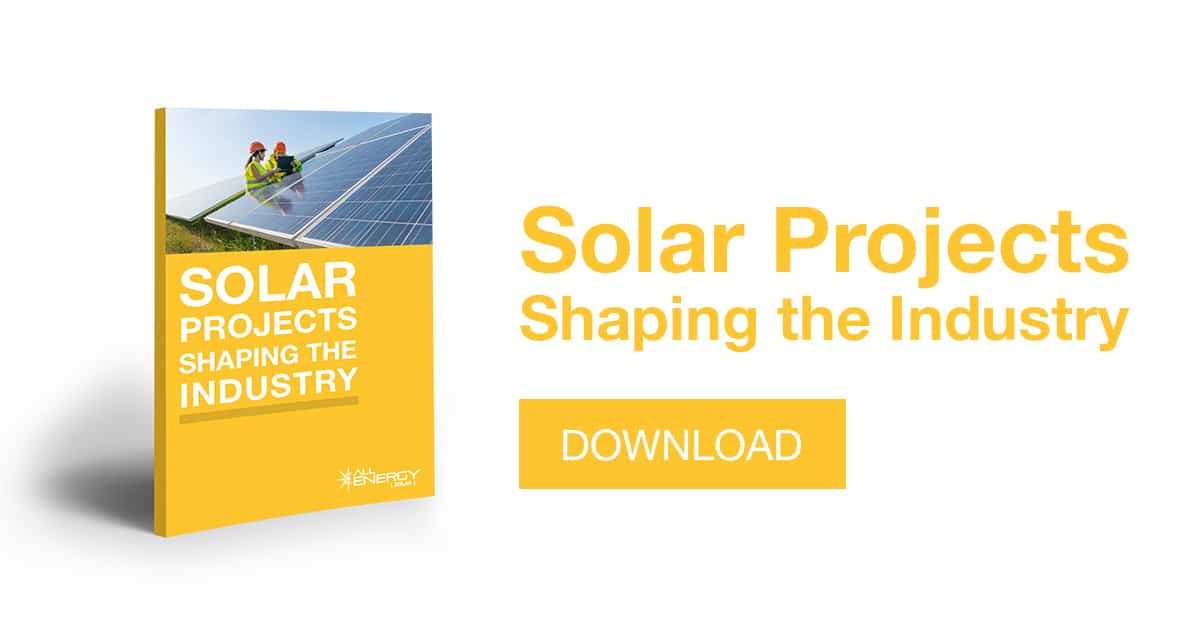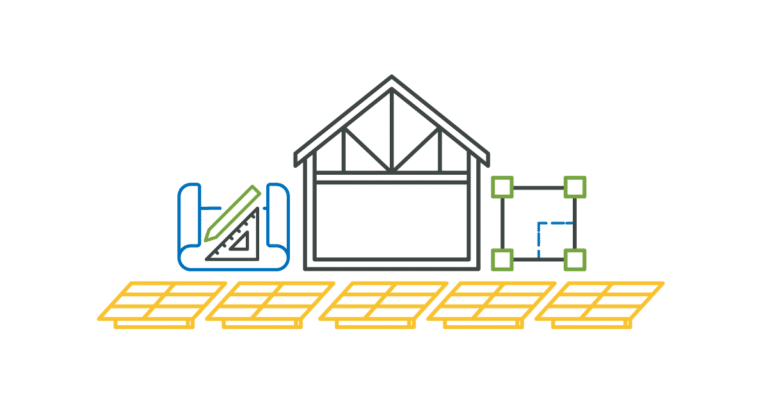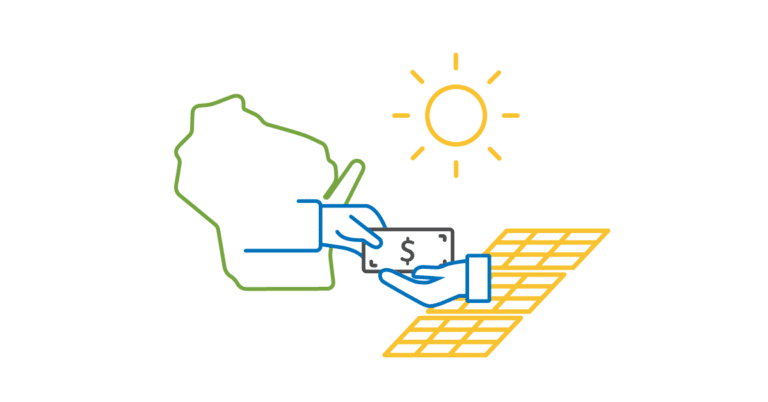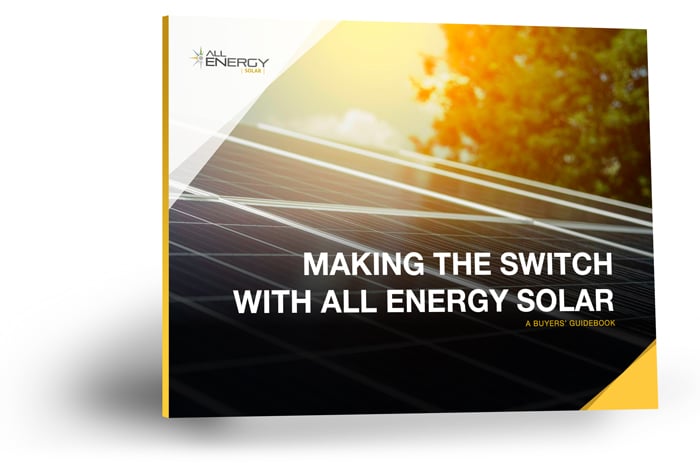Solar energy as a resource for human beings has been around for a very long time—but as an industry, it’s a relative newcomer, taking off in the wake of World War II and growing fast today. Here are some of the highlights of solar history:
 Third century BCE: Greeks and Romans use mirrors to focus the sun’s rays and to light torches for religious ceremonies.
Third century BCE: Greeks and Romans use mirrors to focus the sun’s rays and to light torches for religious ceremonies.
First century BCE—Sixth century CE: Roman bathhouses and residences have south-facing windows and sunrooms to take advantage of the sun’s warmth. The emperor Justinian’s law code includes “sun rights” to insure citizens’ access to solar light and heat.
1767: Swiss scientist Horace de Saussure builds the world’s first solar collector, a wooden “hot box” using layers of glass to trap solar heat. “Fruits. . . exposed to this heat were cooked and became juicy,” he writes.
1839: French scientist Edmond Becquerel discovers the photovoltaic effect. When he exposes two metal electrodes in an electricity-conducting solution to sunlight, the amount of electricity generated increases.
1891: Inventor Clarence Kemp of Baltimore patents the first commercial solar water heater.
1947: Passive solar heating becomes popular due to energy shortages during and right after World War II. The Libbey-Owens-Ford Glass Company publishes Your Solar House, profiling 49 architects who use the approach.
1954: Bell Labs develops the silicon photovoltaic (PV) cell, the first solar cell that can generate enough power to run everyday electrical equipment. Soon Western Electric begins selling commercial licenses for PV devices. One early success is a PV-powered dollar bill changer.
1963: Japan’s Sharp Corporation begins to mass-produce solar cells, which brings down their price and makes them accessible to the general public.
1973: The University of Delaware builds “Solar One,” one of the world’s first PV-powered homes. The collectors on the roof feed surplus power through a meter to the utility during the day, then buy power from the utility at night.
1993: California’s Pacific Gas and Electric becomes the first utility in the US to support distributed systems, with a 500-kilowatt PV array in Kerman, California.
2000: Worldwide solar installations surpass 1 gigawatt for the first time.
2005: The US Energy Policy Act of 2005 creates a 30 percent investment tax credit for residential and commercial solar systems. It’s extended in 2006, 2008, and 2015.
2008: American solar installations surpass 1 gigawatt.
2016: The US’s one-millionth solar array is installed.
2018: California requires all houses built from 2020 on to have solar power. Builders can either provide solar panels to individual houses or build a shared solar-power system serving a group of homes. And the cost to install solar has fallen by more than 70 percent since 2010.
2019: Solar marches on. For a look at major solar initiatives around the world, check out our eBook “Solar Projects Shaping the Industry.”
Consider solar power
If you’d like to know more about solar power for your home, contact your local solar installer for a free quote and to learn more about which type of solar installation is right for you.
Download our eBook, Solar Projects Shaping the Industry, to learn more about the groundbreaking solar projects happening at home and abroad!


